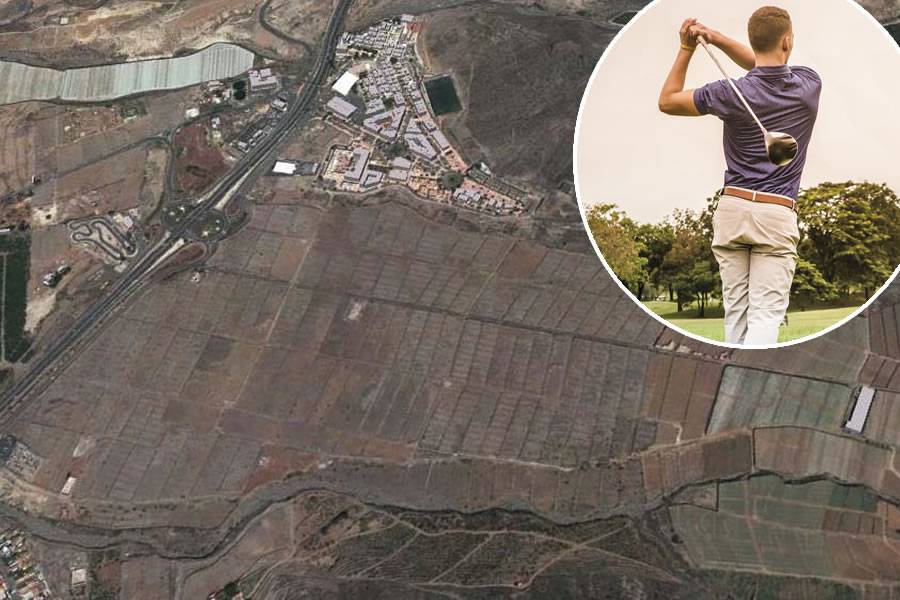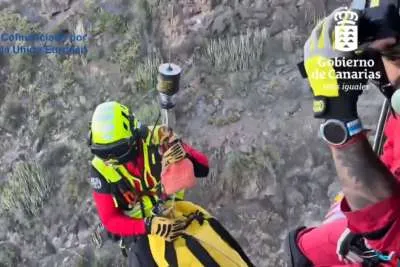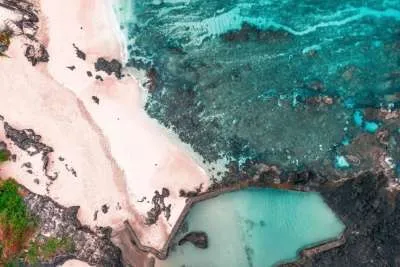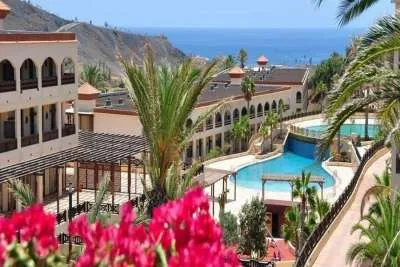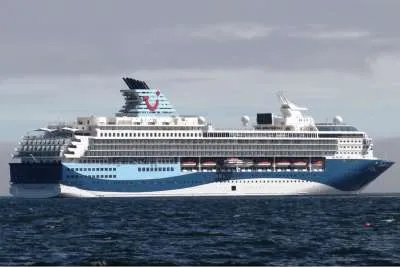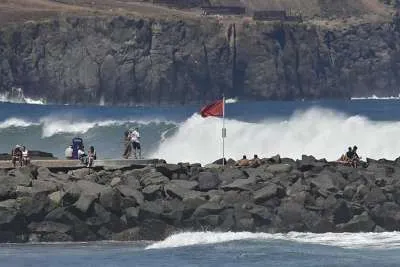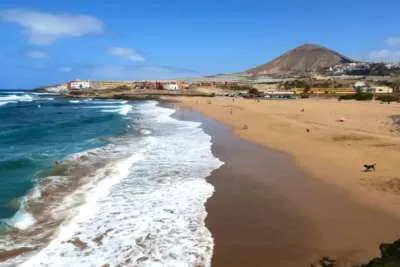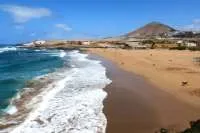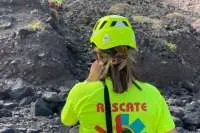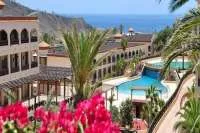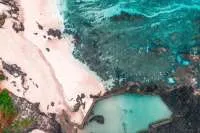New resort and golf course in Costa Adeje face environmental hurdles
- 28-06-2025
- Tenerife
- Canarian Weekly
- Photo Credit: Noticias Canarias
A new tourism development in the south of Tenerife is once again putting the spotlight on the viborina triste, a little-known native plant that has recently become a symbol of environmental conflict in the Canary Islands.
The latest project, part of the Hoya Grande Partial Plan in Adeje, involves building a golf course, 1,680 hotel beds and 140 tourist villas across an area of over one million square metres.
According to documentation published in the Canary Islands Official Bulletin (BOC) on 18th June, several specimens of viborina triste have been identified in the area. While no direct impact on the plant is currently expected, the Adeje Town Council acknowledges there could be indirect effects during construction. As a precaution, plans call for a “perimeter fence” to protect the plants and “direct monitoring by a specialist in Canarian flora.”
A species that has already halted other projects
This is not the first time a major initiative in Adeje has come into conflict with this protected plant. The viborina triste gained public attention when it led to an 18-month suspension of work on the controversial Cuna del Alma resort at El Puertito, following intervention by the regional government to safeguard the species.
That case has since taken a new turn under the current CC and PP administration in the regional government, which approved moving the plants to allow construction to proceed, a decision now challenged in court by the environmental group Salvar la Tejita.
For Hoya Grande, authorities believe that because the potential impact is indirect, fencing and specialist oversight will be sufficient. Unlike at Cuna del Alma, this time the species was properly catalogued in the environmental studies for the project.
In a previous municipal debate, Adeje’s long-serving mayor, José Miguel Rodríguez Fraga, defended the balance between development and environmental concerns, stating: “Just because someone doesn’t like it, I, as mayor, can’t deny a licence. If there’s a viborina, a widowed beetle and three dead flies, does that mean I cancel the entire project? No.”
The viborina triste is listed in the Canary Islands Catalogue of Protected Species for its scientific, ecological and cultural value, and under regional law it is prohibited to uproot, cut, collect or intentionally destroy this plant in the wild.
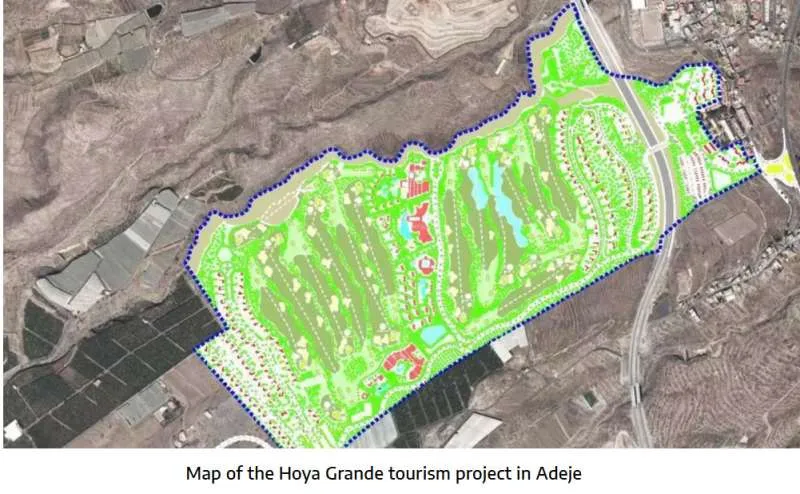
Archaeological sites and huge water use are also under scrutiny
The project is not just a concern for flora. Several archaeological sites identified on the land, including ancient hut remains and associated artefacts, have been deemed incompatible with the planned development. The council plans to fully excavate and document these sites to determine how they might be integrated into the project, potentially preserving them within “islands” or landscaped areas.
Meanwhile, environmental impact documents estimate the new golf course will require around 2,100 cubic metres of water daily, equivalent to the daily consumption of 16,400 people.
This comes as Adeje remains under a declared water emergency. Although the water is expected to come from the Arona-Adeje wastewater treatment plant, critics argue it is irresponsible to green-light such a large-scale tourist complex amid calls for residents to reduce their own water use.
Gabriel González, a councillor from Podemos in Adeje, condemned the move, saying: “Fraga asks neighbours to be responsible with water while opening the tap wide for tourism.”
The project continues to face both environmental and social scrutiny, with local and regional authorities under pressure to balance economic interests with the protection of Tenerife’s unique natural and cultural heritage.
Other articles that may interest you...
Trending
Most Read Articles
Featured Videos
A Vision of Elvis Tenerife Promo
- 10-05-2025
TEAs 2025 Highlights
- 17-11-2025


